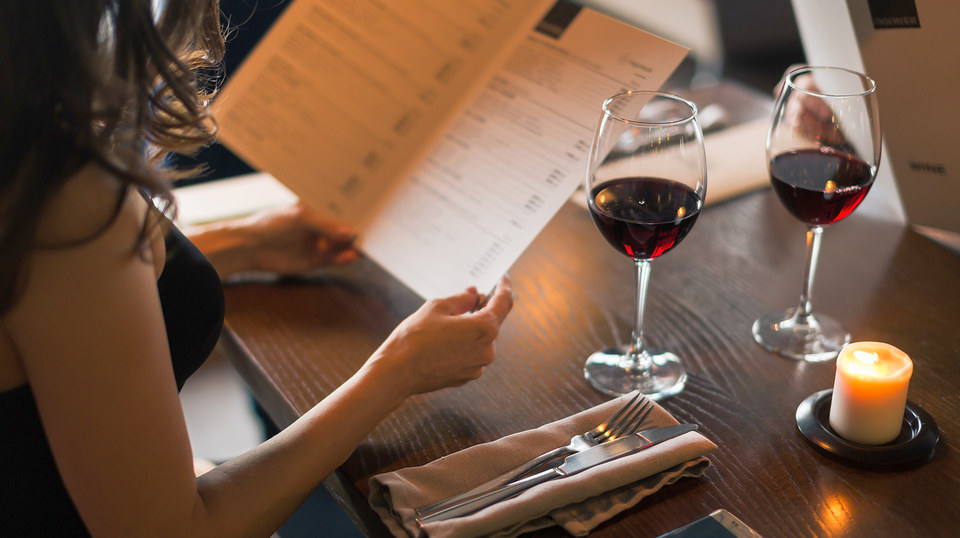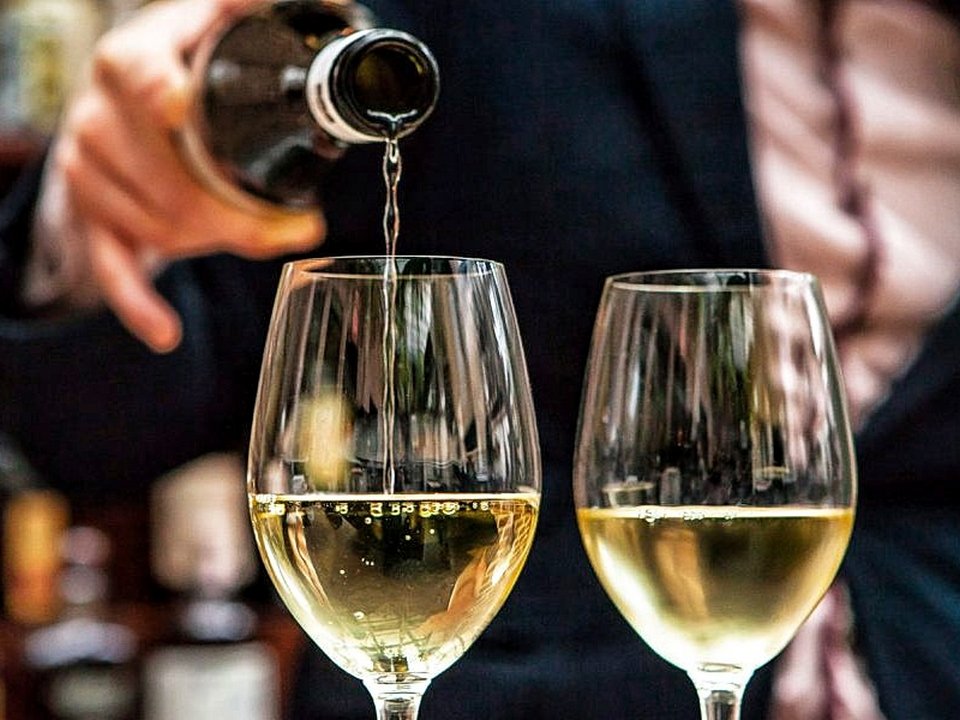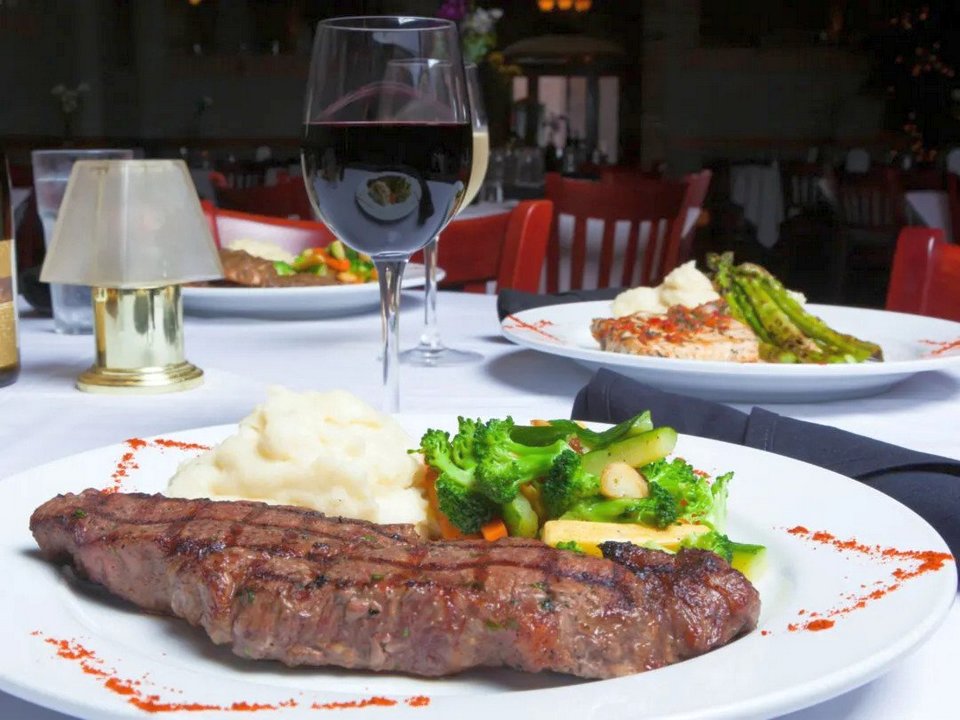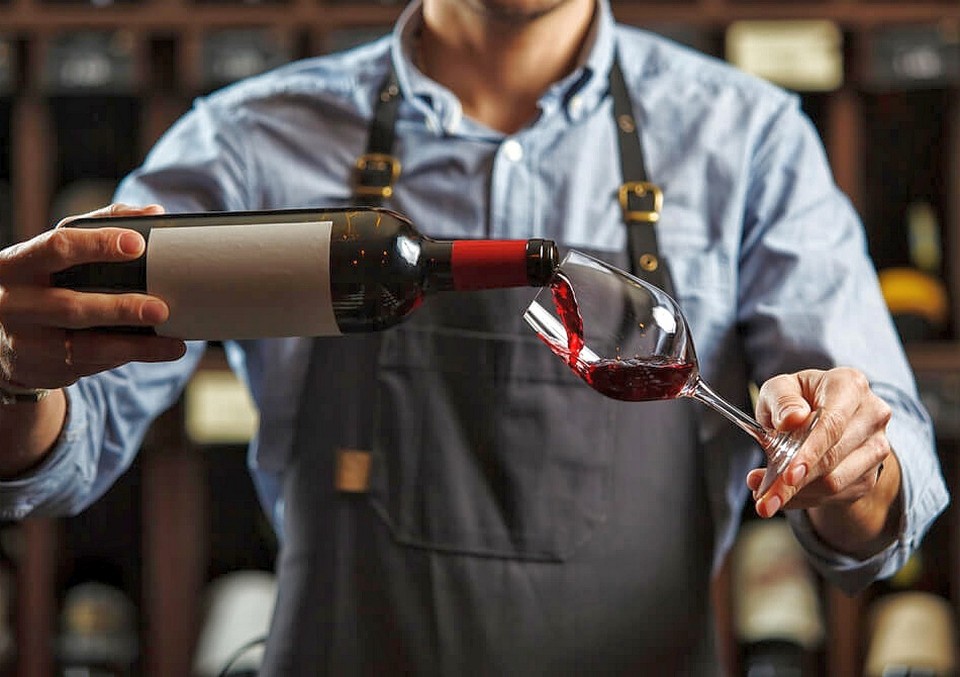

Imagine the typical restaurant scene you find yourself in. It could be a date, a business dinner or an evening with friends. Somehow the wine list ends up in your hands, your guests expecting you to choose the wines for the group whether you are familiar with the wines that the restaurant serves or not! There’s nothing worse than being expected to pick out the wines, when your knowledge is limited to the wines that you like to drink. So how can you pick the right wines that you and your guests will actually enjoy?
Wine lists are usually several pages long and at first glance, it may seem intimidating. But don’t fret, there are ways to navigate through a restaurant wine list like a pro and impress your friends with your choice. There’s absolutely no reason to feel lost, embarrassed or intimated when you are out ordering and drinking wine. It is supposed to be a fun experience discovering interesting wines and teasing your taste buds. If a sommelier is available, don’t hesitate engage in a conversation and ask for recommendations.
Sommeliers are employed specifically because wine lists are hard to navigate. It’s their job to help, and they know more about their wine list and wine in general than you do. If you are not sure about the names, varietals, vintages etc on the list, then don’t be afraid to ask. There is no need to get technical and use wine jargon when ordering wine, but knowing some basic terms will be helpful; simple terms to explain your preference whether light, medium or full-bodied, high or low acidity, region, style of wine etc.

Strike up a conversation with the sommelier and tell him what you are eating, the styles of wine you prefer and the price range. A good sommelier will always show an interest in your tastes and preference and assist you with choosing a wine that meet with your criteria.
But what if there is no knowledgeable sommelier or a wine waiter available? Don’t worry, there are ways to make the whole process smoother and even enjoyable.
Get ahead with some homework in advance. Many good restaurants publish their wine lists online in their web sites. If not, you may request the restaurant to send you a copy of the wine list. It may be worth having a quick look before you arrive at the restaurant and impress your friends with your quick decision with wine selection.
Focus on body and tannins instead of flavor. Don’t focus too much on flavor. Interpretation of flavor is very personal, and chances are that your interpretation may be different to others. Most people confuse the fruitiness in a wine with sweetness when it really has more to do with the smell and flavor of sweet fruits, and “savory” or “earthy” wines will remind you more of bitter fruits.

Do you like wines that are light bodied, or wines that are heavy and full bodied? You can think of “body” in terms of milk: Light-bodied is skim, medium is whole, and full-bodied is cream. Just getting this part straight will eliminate more than half the wine list for you. Tannins are also a good clue: Wines high in tannins give you that “puckery” sensation and a slight bitterness, so you can let your server know how tolerant you are of that.
Don’t worry too much on pairing food and wine. Just stick to the basics. There are a few simple rules you can follow that really help in creating the right combination. The most important element of all is matching the body of the food and the wine, that is the weight and style of both. Generally, full bodied wines go best with red meat, while lighter-bodied wines go well with fish and lighter dishes. For example, if you are eating rich, red meat then you’ll want something equally weighty and powerful to go with it; Cabernet Sauvignon, Zinfandel, Grenache etc will be good choices.
If you were to order delicate, white fish then the same choices would be far too much, whereas a crisp Sauvignon Blanc, a delicate Muscadet or steely Chablis would be ideal. When dining out in a good restaurant, you are likely to enjoy multiple courses, each prepared in different styles with multiple ingredients. Pay attention to the method of preparation, ingredients and sauces which can make pairing a bit more challenging.

Use the table of contents or index when faced with a long wine list. An index is a quick reference of the range of wines available and you might get inspired by it, instead of getting lost in one category. Having a long wine list available on a tablet is helpful as it allows you to sort and cross-reference by country, region and sub-region, grape variety and even price.
Lesser-known wines usually mean greater value. When looking for value on a wine list, it is a good idea to look for lesser known regions or grape varieties. These are often chosen for their quality and value. Unfamiliar grapes or regions can bring high quality and a sense of discovery at a fair price. Most restaurants offer wines based on customer expectation, so these lesser known wines are on the list because someone fell in love with them. Try something from Portugal, South Africa, Greece or Argentina. Also look for grapes like Sylvaner, Blaufränkisch, Mencía, Grignolino, Hárslevelü or other lesser-known names.
Don’t pick the cheapest wine on the list even if you are on a budget. It is a known fact that the restaurants mark up the price by two to three times the retail price. But the more expensive the wine, the lesser the mark up.
Order by the glass. It can be hard to decide whether to order by the glass, or go for a bottle. When you and your guests have totally different preferences, ordering wine by the glass is the way to go. Another advantage with ordering by the glass is that you can try different wines perfectly paired with each course you order. But be aware that wine by the glass often have the highest markups and some restaurants may not store these wines well after opening the bottle.
Choosing wine in a restaurant shouldn’t be a stressful experience. If you focus on these simple rules, you will begin to love the challenge of choosing wines. After all, wine is to be enjoyed and choosing the wines you love supposed to be part of the fun. So just relax and enjoy the experience.
Cheers!
 Ranjith Chandrasiri is a veteran hotelier, food and wine connoisseur, multilinguist with a wealth of knowledge and international hotel management experience in luxury hotels and iconic brands including InterContinental Hotels Group in Europe, Australia, Cambodia, Thailand and Sri Lanka. He is the Chairman of Sirius Hospitality Consulting in Thailand, former Group General Manager of Jetwing Hotels Group, Sri Lanka and Royal Cliff Hotels Group, Thailand, Founder/President of Royal Cliff Wine Club and deVine Wine Club, Bailli Honoraire (Honorary President) of Chaîne des Rôtisseurs, Pattaya, Thailand.
Ranjith Chandrasiri is a veteran hotelier, food and wine connoisseur, multilinguist with a wealth of knowledge and international hotel management experience in luxury hotels and iconic brands including InterContinental Hotels Group in Europe, Australia, Cambodia, Thailand and Sri Lanka. He is the Chairman of Sirius Hospitality Consulting in Thailand, former Group General Manager of Jetwing Hotels Group, Sri Lanka and Royal Cliff Hotels Group, Thailand, Founder/President of Royal Cliff Wine Club and deVine Wine Club, Bailli Honoraire (Honorary President) of Chaîne des Rôtisseurs, Pattaya, Thailand.
 |
 |
 |





